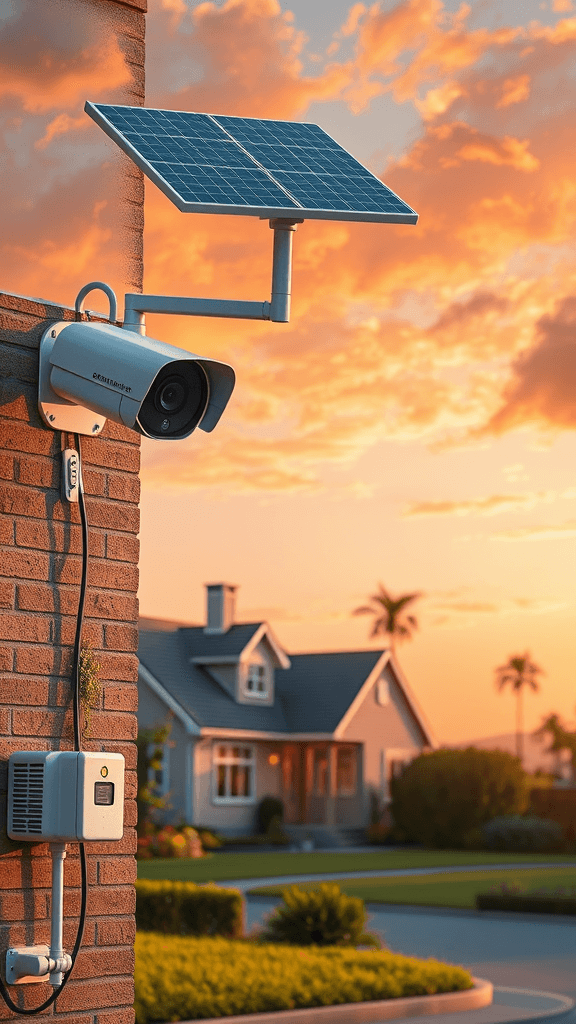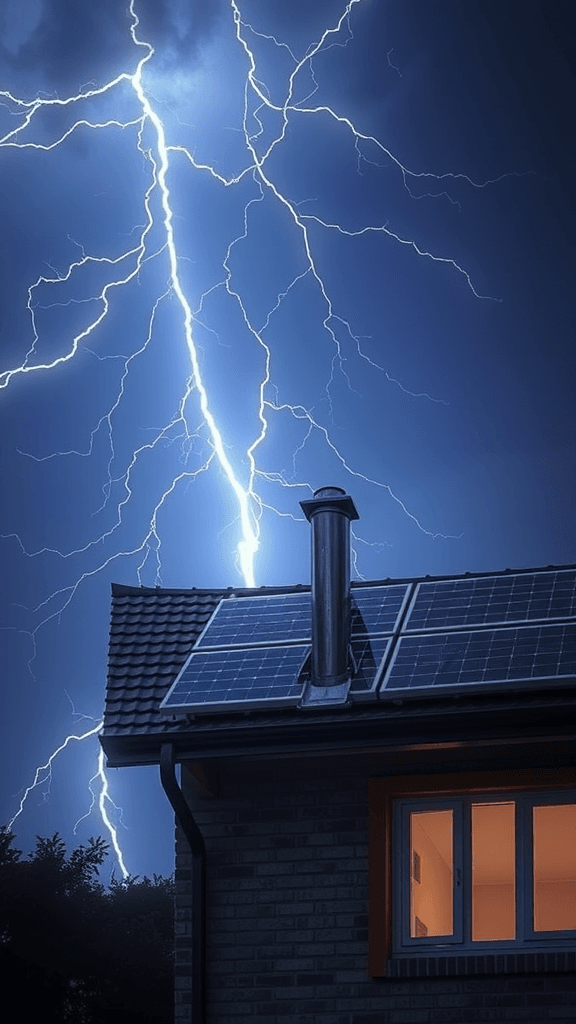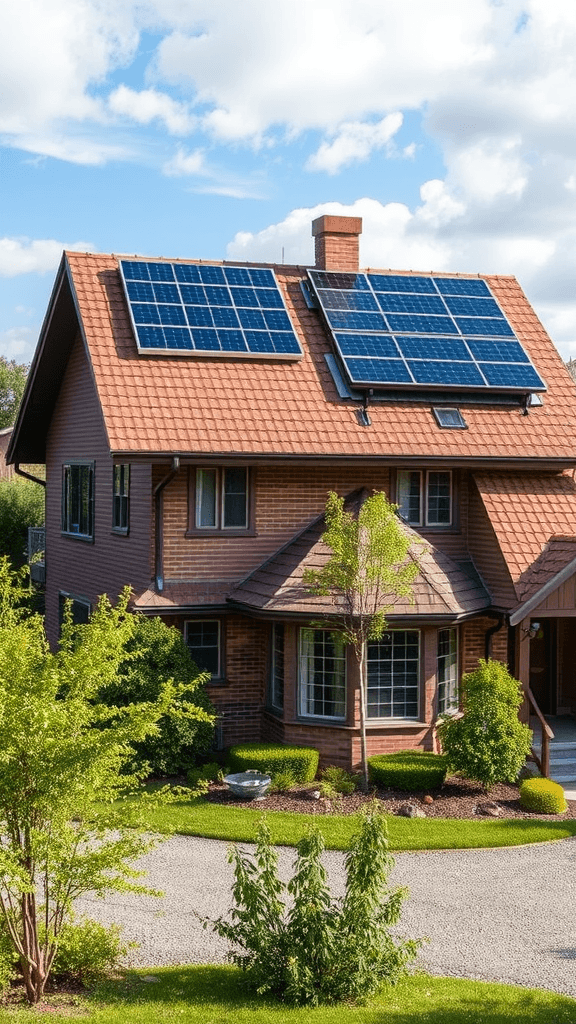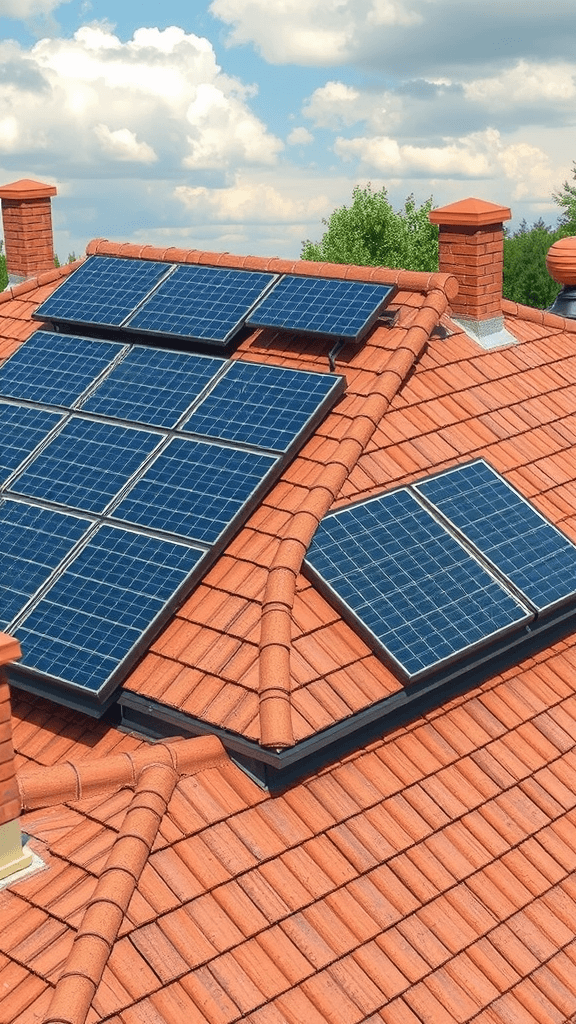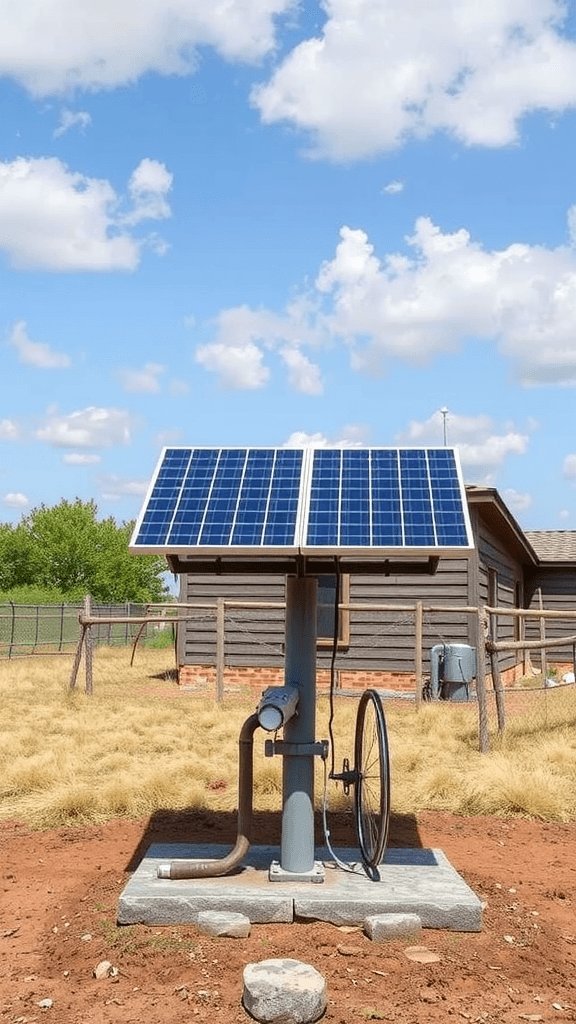Balcony Solar Solutions For Apartment Dwellers
Innovative Balcony Solar Solutions for Apartment Dwellers
In today’s world, renewable energy is more essential than ever. For apartment dwellers, concerns about space and energy costs often make it seem impossible to harness solar power. However, innovative balcony solar solutions are now changing the game. These solutions make it feasible for people living in apartments to generate their own clean energy right from their balconies.
One standout option is the balcony solar panel kit. The compact size and design of these kits allow you to install them without any significant structural changes to your building. Typically, these kits include lightweight solar panels, a mounting system, and simple wiring. With minimal DIY skills, you can set up your panel in hours. Imagine cutting down your electricity bills and reducing your carbon footprint—all from your balcony!
Before diving into the installation, here are a few key points to consider:
- Space Availability: Measure your balcony space to determine how many panels can fit comfortably. Look for spots that get direct sunlight for most of the day.
- Local Regulations: Always check with your property management or local government about regulations regarding solar panel installations. Some apartment complexes may have specific rules.
- Connections: Ensure you have a safe way to connect your solar power system to your apartment’s electrical system. Some kits come with easy plug-and-play options.
There are a variety of designs when it comes to balcony solar solutions. For example, flexible solar panels can contour to the shape of your balcony railing, maximizing surface area without taking up much space. These panels are light and easy to install, which is perfect for renters who may not want a permanent installation.
If you’re seeking a more interactive approach, solar-powered gadgets can also enhance your balcony setup. Items like solar string lights, outdoor speakers, or even solar-powered water features can elevate your outdoor space while being environmentally friendly. This not only reduces your electricity consumption but also creates an inviting ambiance.
In addition to basic power generation, integrating energy storage solutions is a smart way to optimize your balcony solar system. Compact batteries can store excess energy generated during sunny days, which can be used during the evening or on cloudy days. This improves your energy independence and ensures you maximize your investment. Here are some popular battery options:
- LFP Batteries: Lithium Iron Phosphate (LFP) batteries offer great safety and longevity.
- Gel Batteries: These are non-spillable and more resilient to temperature variations, making them another great choice.
- AGM Batteries: Absorbent Glass Mat batteries are maintenance-free and ideal for smaller solar setups.
Another trend among apartment dwellers is the use of solar shades. These are specially designed fabric materials that integrate solar cells. Not only do they provide shade while generating energy, but they also help keep your apartment cooler. This can lead to reduced air conditioning costs in the warmer months. Using solar shades is an excellent way to create a dual-purpose asset while still enjoying fresh air on your balcony.
Governments and cities are increasingly recognizing the importance of solar energy for urban living. Some municipalities have even implemented incentive programs for solar panel installations, which can significantly reduce upfront costs. Always keep an eye out for these incentives—they can play a crucial role in making your solar investment affordable.
Connecting with local communities and groups focused on sustainable living can provide valuable insights and support. You can share experiences, tips, and even participate in group purchasing options, helping to lower costs while diving deeper into the world of sustainable energy.
With numerous balcony solar solutions available today, apartment dwellers can embrace eco-friendly energy alternatives. By taking advantage of these innovative technologies, you not only benefit financially, but also contribute positively to the environment. As you consider adopting these solutions, remember to enjoy the process of transforming your balcony into a vibrant, sustainable space.
Maximizing Space: Tips for Installing Solar Panels in Small Balconies
Living in an apartment often comes with its share of space limitations, especially when it comes to outdoor areas. However, you can still harness solar energy with carefully planned balcony solar solutions. Installing solar panels on small balconies is not just about energy savings; it’s also about making the most of your living space. Here’s how you can optimize your small balcony for solar panel installation.
Assess the Space
Before diving into installation, take a good look at your balcony’s available space. Measure the area to understand how many solar panels you can fit. Keep in mind the dimensions of each panel and consider the orientation of your balcony. A south-facing balcony typically receives the most sunlight, making it ideal for solar energy generation.
Choose the Right Solar Panel Type
Not all solar panels are created equal, especially when it comes to small spaces. Here are some types to consider:
- Monocrystalline Panels: These panels are efficient and take up less space, making them perfect for confined areas.
- Thin-Film Panels: Lightweight and flexible, these can be installed on various surfaces, although they may take up more space.
- Portable Solar Kits: If you’re unsure about a permanent installation, portable solar kits provide versatility and can be removed or relocated easily.
Maximizing Efficiency with Strategic Placement
Placement plays a crucial role in the efficiency of your solar panels. Here are some strategies:
- Install your solar panels at an angle to catch direct sunlight.
- Avoid shade from nearby buildings or trees; even partial shade can significantly reduce energy output.
- Utilize any vertical surfaces if horizontal space is limited. Vertical mounting can be a smart solution.
Consider Weight and Structural Integrity
Before installation, check your balcony’s weight limit. Solar panels can be heavy, and you don’t want to compromise your balcony’s safety. If needed, consult with a professional who can assess load-bearing capacities and ensure that your balcony can support the panels. Remember, safety first!
Wiring and Connectivity
Once you’ve chosen the right solar panel type and placement, consider how you will connect them to your home’s electrical system. You may need additional wiring depending on the distance from the panels to your electrical box. Ensure that installation follows local regulations and codes, and consider hiring a professional electrician if you’re unsure about the setup.
Utilizing Solar Batteries
Investing in solar batteries can enhance your balcony solar solution. These batteries store excess energy generated during the day, allowing you to use it during the evening or on cloudy days. When choosing solar batteries, look for compact models that won’t take up much of your limited space.
Maintaining Your Solar Panels
Maintenance is key to maximizing the efficiency of your solar panels. Here are some tips to keep in mind:
- Regularly clean your panels to remove dust and debris that can block sunlight.
- Inspect connections and wiring periodically to ensure everything is functioning correctly.
- Monitor your energy production to catch any issues early.
Check Local Regulations
Before installing solar panels on your balcony, be sure to check local regulations and homeowners’ association (HOA) rules. Some areas have restrictions regarding the types and placements of solar panels. Make sure you’re compliant to avoid any potential issues down the line.
By taking these steps, you can maximize your balcony space while enjoying the benefits of solar energy. Not only will you reduce your electricity bills, but you will also contribute to a more sustainable future. Small balconies can indeed make a big impact!
Conclusion
Balcony solar solutions present a remarkable opportunity for apartment dwellers looking to harness renewable energy while maximizing their limited space. By embracing innovative technologies, you can install solar panels that fit snugly into compact balconies without sacrificing aesthetic appeal. Whether it’s using lightweight, flexible solar panels or opting for solar railings, you can turn your outdoor space into an efficient energy-generating hub.
Moreover, optimizing your installation for small areas involves thoughtful planning and creativity. Consider mounting solar panels on walls or integrating them into existing structures like planters. Strategically positioning your panels to capture the most sunlight ensures that you’re making the most of your space. Remember, the goal is to create an energy-efficient environment that doesn’t feel cluttered.
As you explore your balcony solar solutions, keep in mind the environmental benefits. Not only do these systems contribute to sustainability, but they also lead to reduced energy bills, providing long-term savings that elevate your quality of life. Being proactive in adopting solar energy not only diminishes your carbon footprint but empowers you as a conscious consumer.
This shift towards cleaner energy sources can also resonate with your community, potentially inspiring neighbors to follow suit. By setting an example, you become part of a larger movement towards sustainable living in urban environments. Embrace the innovative energy possibilities that balcony solar solutions can provide, and transform your apartment into an eco-friendly haven today. With the right approach and tools, your balcony can not just serve as a haven for relaxation but also as a vital contributor to a sustainable future.


